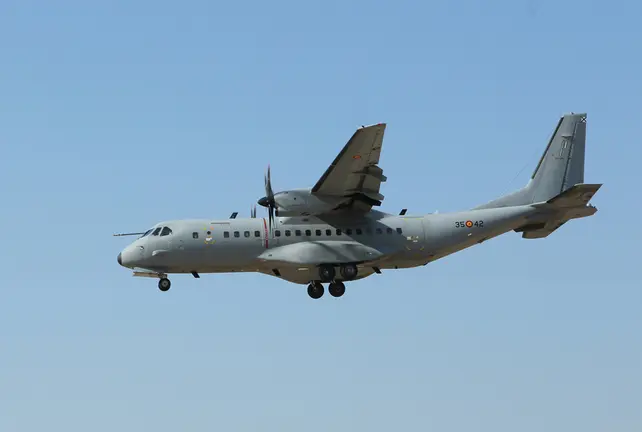For nine weeks, the volcano on the Canary Island of La Palma has been spewing lava, ash and smoke, and an end to the most devastating eruption in the history of the Atlantic island off the west coast of Africa was still not in sight.
At the weekend, the wind drove the ash towards the north-east, so that the island's airport had to shut down operations again, state TV station RTVE reported. On Sunday, too, the island could only be reached by boat.
Since the eruption began on 19 September, 1,050 hectares have been buried by lava so far, which lies like a dark grey crust on the landscape. Where it flows into the sea, a new spit of land has already formed covering more than 40 hectares.
The destruction has been enormous, with 7,000 of the 85,000 islanders having to leave their homes, around 1,500 buildings destroyed, and roads, fields and banana plantations as well as greenhouses buried by the lava.
The Canary Islands government estimates the damage so far at more than 900 million euros (1 billion dollars), the newspaper El Pais reported.
The activity of the volcano, which does not yet have a name, has steadily decreased in recent weeks. However, according to experts, an end to the explosive activity is not in sight, at least in the short term.











